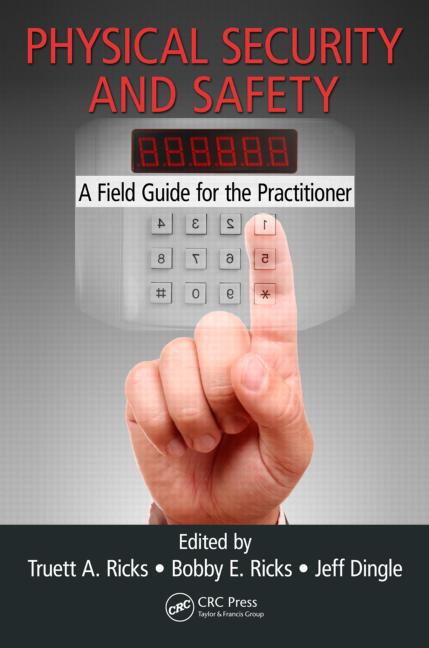The Basics of How to Succeed Securely in a Hybrid Environment

As more companies bring their workers back to the office, more are realizing the benefits of a hybrid model. Hybrid models are shown to increase employee happiness, decrease burnout, ensure safety in COVID-19 and, in many cases, lower costs. In fact, 78 percent of U.S. workers feel that working from home or having some sort of hybrid work schedule was best.
On the flip side, business leaders are tasked with creating a productive collaboration environment. Companies need to ensure they are enforcing COVID-19 requirements while keeping their workers happey.
For returning to work in a post-pandemic world, technology is key. It can provide modern solutions to ensure employees feel safe, efficient and organized in their workplace. It also empowers facility managers to optimally manage and understand occupancy within their buildings and their spaces are being used.
Here is how you can put security measures in place to ensure your employees can work in a healthy, safe environment.
What Employees Want
The most desired safety measures for organizations with on-site staff are: digital proof of vaccination; occupancy management; touchless entry and contract tracing. In a new normal where offices are being transformed and employees no longer have a dedicated office or desk to report to each day thanks to hybrid work environments, flexible office and co-working spaces, having this safety measures in place is imperative. Thankfully, common security products — which often work hand-in-hand with each other — can help employees feel safe.
Mobile Credentials
The more times a key card is touched, dropped, taken out of a wallet or set down on a contaminated surface, the more opportunities there are for that card to pick up dirt and germs. Additionally, key cards can get lost easily, which leads to overall safety concerns. Mobile credentials can solve many key card pain points. It’s harder to lose your phone than a card. And, proof of vaccination can be attached to a credential. Some mobile credentials even let employees use Siri voice commands and Bluetooth to open doors hands-free, preventing any worries connected to germy doors.
Visitor Management
Visitor management software helps protect building occupants by controlling and showing a list of visitors, deliveries and employees on-site, which can also be used for contact tracing. Pre-screening visitors by having them take a customized questionnaire on their phone can help you identify if they have COVID-19 symptoms before entering the building. And, you can turn visitor data into insights and action. For example, set occupancy limits and then respond accordingly using occupancy tracking data.
Remote Monitoring & Access Control
Remote monitoring allows a company to view an environment from any device, anywhere, to improve visibility and incident response time. This also means less people in the building, which makes social distancing easier and makes it easy to keep your employees safe.
And, it’s important to control where workers can go into the office and when, especially if a certain set of workers come on a certain day. Coming in on a day they aren’t supposed to could lead to an organizational disaster. Controlling who has access and how events are tracked can ensure the health of your buildings and your workers.
Looking for a reprint of this article?
From high-res PDFs to custom plaques, order your copy today!








